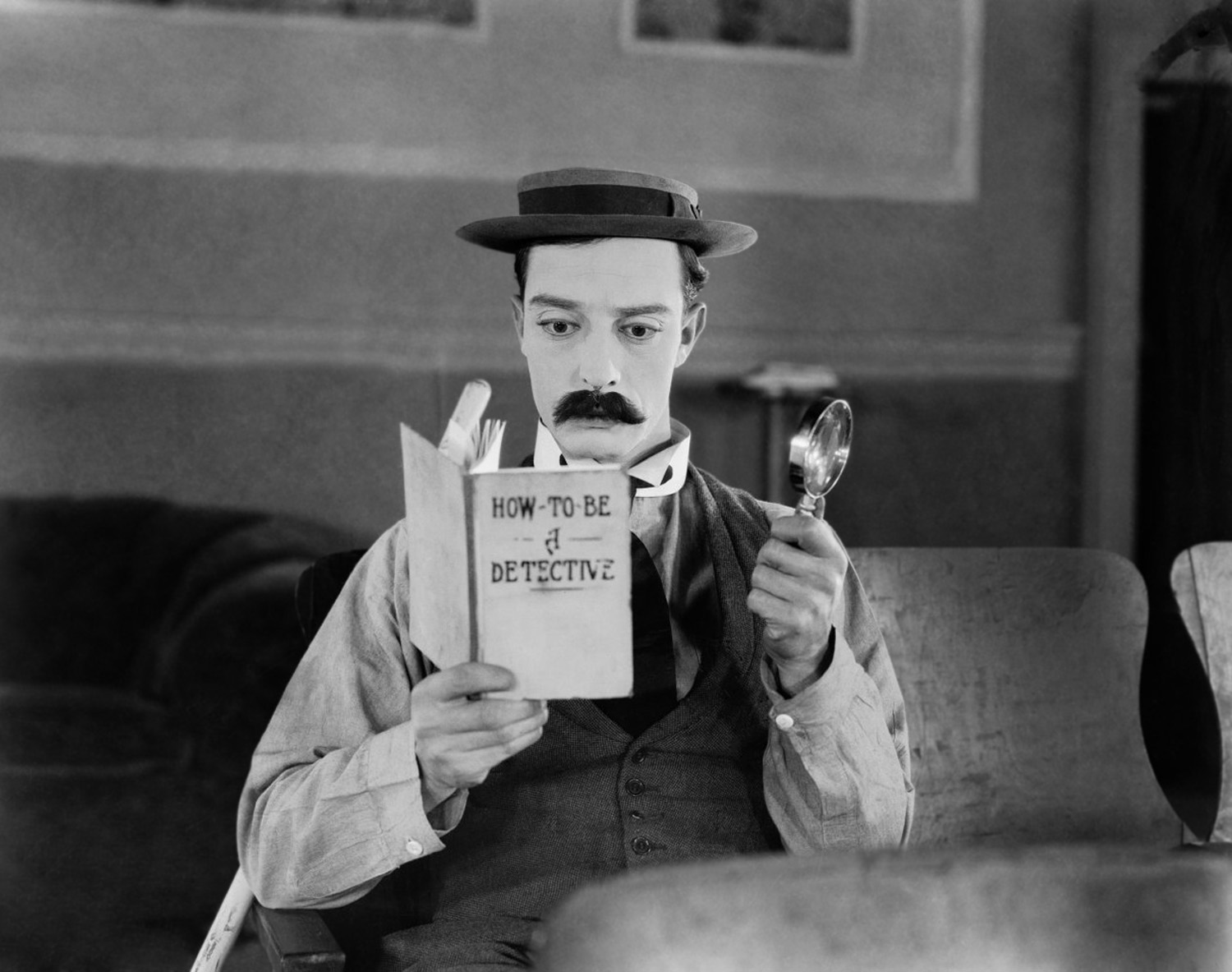
The Great Buster: A Celebration is a well-deserved cinematic tribute to Buster Keaton–one of the greatest silent comedy stars to have ever lived.
Discussing the great silent comedy stars must include Buster Keaton, Charlie Chaplin, and Harold Lloyd. Interestingly, Keaton starred in College as a response to Lloyd’s The Freshman. Where Lloyd starred as a freshman who played football, Keaton would play every other sport. As for Chaplin, he directed Keaton in 1952’s Limelight. This film is historic for one reason alone: the two comedians were paired on screen for the only time in cinematic history. How is it that it took this long to happen?
Peter Bogdanovich is a cinematic historian in his own right. With previous works on other directors, Bogdanovich set the bar on these types of documentaries. While the director focuses on the film career, it’s not without exploring Keaton’s vaudeville roots beforehand. Without the vaudeville work, Keaton would never become “The Great Stone Face.”
While director Peter Bogdanovich focuses on Keaton’s entire output, he chooses to focus on the glory years of 1923-1929 towards the end. These years are important because they are the years that gave us some of the greatest silent comedy films in history. This includes Sherlock, Jr. (1924), The General (1926) and Steamboat Bill, Jr. (1928). It is because of these films that we consider Keaton to be a comic master.
During his career, he would perform some of the greatest stunts in silent film history. Cops, a two-reel 18-minute comedy released in 1992, saw Keaton grab a car while on the run. The most dangerous of Keaton’s stunts would come in Steamboat Bill, Jr. This was when Keaton was standing when the facade of house fell on him. Keaton was standing in the exact spot where the attic window was. While the act has been repeated over the years, one wrong move and it could have been fatal!
“I think a lot of my daring in terms of breaking the fourth wall came from Keaton,” says Mel Brooks. “Like in Sherlock, Jr. when he pointed out ‘We’re making a movie.’ I’m always pointing out somewhere in my films that we’re making a movie. And amazing stunts that nobody would ever dare. He either has no fear or he’s crazy.”
It was the likes of Keaton, Chaplin, and many more of the vaudeville era who set the bar in comedy. Before Johnny Knoxville became a star because of Jackass, Keaton was the guy doing dangerous stunts. Keaton’s influence on comedy would serve to influence many generations of comedians to come.
“I stole as many moves as I could from him,” Dick Van Dyke says of Keaton.
In directing Spider-Man: Homecoming, director Jon Watts turned to Buster Keaton for inspiration. In turn, it’s the Keaton films that became “a baseline for so many Spider-Man moments.” How about that?
With the 100th anniversary of Keaton’s first two-reel film approaching in 2020, The Great Buster: A Celebration is a timely documentary. If there’s a Mount Rushmore of comedy, Buster Keaton will surely be on it.
DIRECTOR: Peter Bogdanovich
FEATURING: Dick Van Dyke, Johnny Knoxville, Werner Herzog, Quentin Tarantino, Carl Reiner, Mel Brooks, Bill Hader, Richard Lewis, Jon Watts, Nick Kroll, French Stewart, Cybill Shepherd, Paul Dooley, Patty Tobias, Bob Borgen, James Curtis, James Karen, Leonard Maltin, Norman Lloyd, Bill Irwin, Ben Mankiewicz





